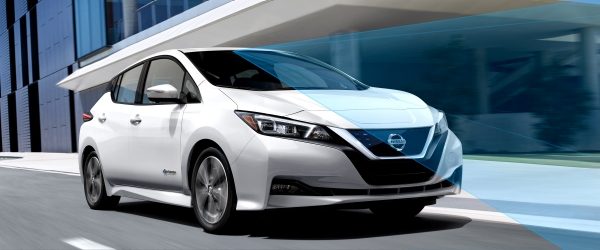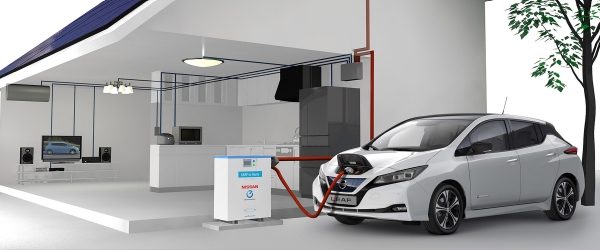SELF-PARKING SLIPPERS PUT A SPIN ON TRADITION
GET NISSAN’S TAKE ON THE FUTURE OF HOSPITALITY
SELF-PARKING SLIPPERS PUT A SPIN ON TRADITION
1:30 ProPILOT Park Ryokan
The Japanese town of Hakone has long been known for its natural hot springs and striking views of Mt. Fuji across Lake Ashi. This serene escape destination is a great place to stay in ryokan — traditional Japanese inns. That’s what guests had in mind for their lakeshore vacation when they arrived at the Nissan ProPILOT Park Ryokan in Hakone. They entered the ryokan and found the typical sliding doors, tatami mats, and house slippers in the entry hall. Everything appeared normal until, suddenly, the house slippers began to glide across the floor as if under mind control of an unseen butler.
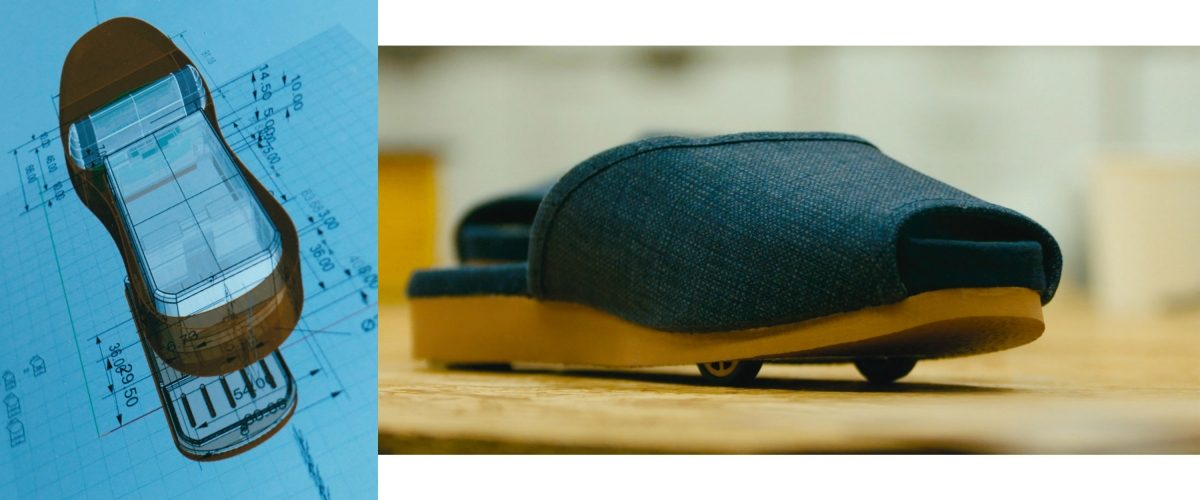
Clean freaks and
tech freaks alike geeked out.
Nissan definitely had some fun reimagining ProPILOT Park technology to make the slippers scoot across the floor into their designated “parking space.” Clean freaks and tech freaks alike geeked out over the pop-up inn’s autonomous amenities, which included self-parking cushions, tables, and of course, the tiny-wheeled slippers.
Are smart slippers the new smart vacuums? Is the future of hotel hospitality autonomous? Possibly. Although the ProPILOT Park Ryokan hack was only temporary, Nissan hasn’t said no to expanding its repertoire of self-parking conveniences. The one thing we know for sure is that Nissan vehicles with ProPILOT Park can eliminate the stress of parking from our daily lives.
CHECK OUT THIS NISSAN WITH ZERO EMISSIONS ELECTRIC POWER
NISSAN LEAF
LEARN ABOUT NISSAN LEAF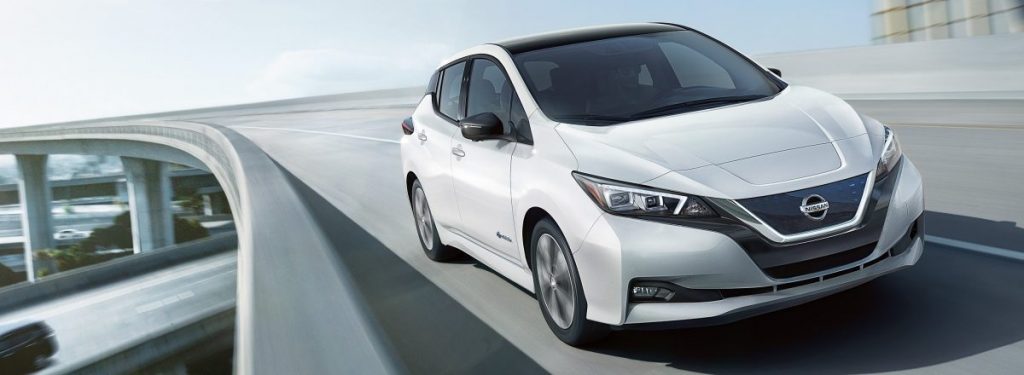
FOOTBALL STADIUM SCORES WITH NISSAN LEAF BATTERIES
ELECTRIFYING AMSTERDAM’S LARGEST ARENA
FOOTBALL STADIUM SCORES WITH NISSAN LEAF BATTERIES
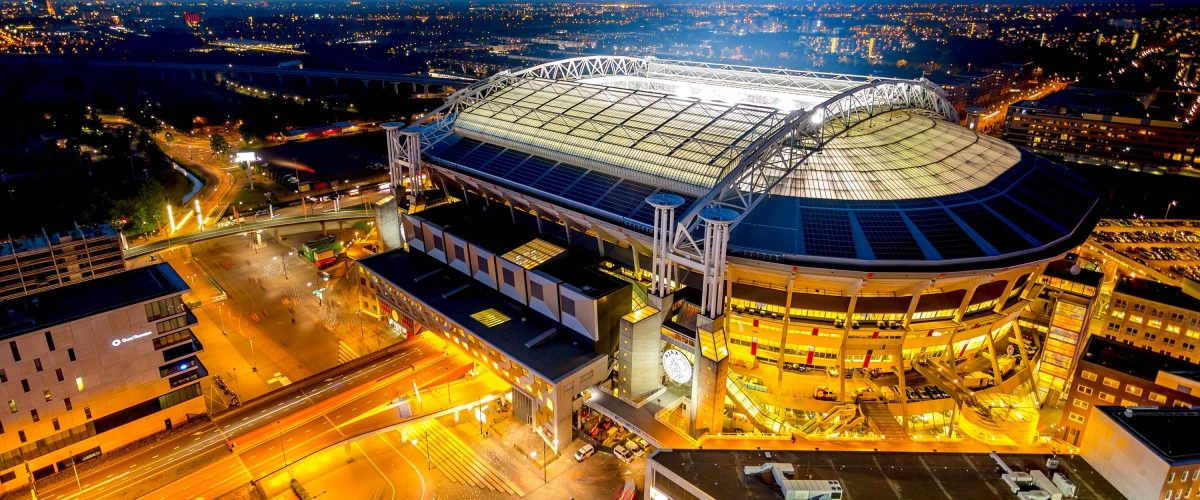
When thousands of strangers unite in glowing domes to cheer, cry, and occasionally punch each other over a goal or a drum solo, arenas are some of the most electric places in the world. Millions of fans visit the Johan Cruijff ArenA in Amsterdam every year. They come to see their favourite artists or watch their home team, the Ajax football club, give their all on the pitch.
Like most modern arenas, instant replays and high notes blare from jumbotrons, hot oil bubbles in fryers, and kegs are dispensed to thirsty fans. Unlike other arenas of its kind, the Johan Cruijff ArenA offsets this power consumption with the largest energy storage system in a commercial building in all of Europe.

"We're putting our electric ecosystem at the heart of a sustainable future, transforming the way we drive and the way we live."
– Francisco Carranza, Managing Director of Nissan Energy
THE POWER OF STORED ENERGY
The equivalent of 148 Nissan LEAF batteries was repurposed to create this massive storage system and make this milestone possible. In fitting minimalist fashion, the roof of the Dutch arena is elegantly wrapped with 4,200 solar panels. With Nissan LEAF battery storage, the arena can optimally distribute the renewable energy that the solar panels generate, even after the sun goes down.
The groundbreaking 3-megawatt system stores enough power to fully charge 500,000 smartphones or supply 7,000 Amsterdam households with electricity for one hour. It takes pressure off the electric grid during large events. When events aren’t going on and the arena is dark, the system can feed back into the grid. This contributes to peak shaving – reducing the power draw during times of high demand. The arena’s neighbours benefit as well, because the system can provide backup to the surrounding community in the case of an outage. Johan Cruijff ArenA currently offers 18 electric vehicle charging stations, with plans to expand to 200.
“We’re putting our electric ecosystem at the heart of a sustainable future, transforming the way we drive and the way we live,” said Francisco Carranza, Managing Director of Nissan Energy.
When batteries reach the end of their lifecycle, they can still benefit humans in countless ways.
ADVANCING A CIRCULAR ECONOMY
On top of providing a more efficient and sustainable energy ecosystem for the stadium and its neighbours, this storage system is an innovative example of the circular economy for electric car batteries. Instead of trashing or downcycling retired batteries and mining for new cobalt, the retired Nissan LEAF batteries serve a powerful new purpose. When batteries reach the end of their lifecycle, they can still benefit humans in countless ways. The Johan Cruijff ArenA energy storage isn’t Nissan’s first time extending the life of LEAF batteries. In a collaboration with the coastal town of Namie, Japan, Nissan and its affiliate 4R Energy Corporation repurposed LEAF batteries as storage banks in solar-powered LED streetlights.
Nissan is committed to promoting a sustainable energy future. And until science discovers a way to convert the emotions of football fans into electricity, Nissan will continue finding innovative ways to do so.



